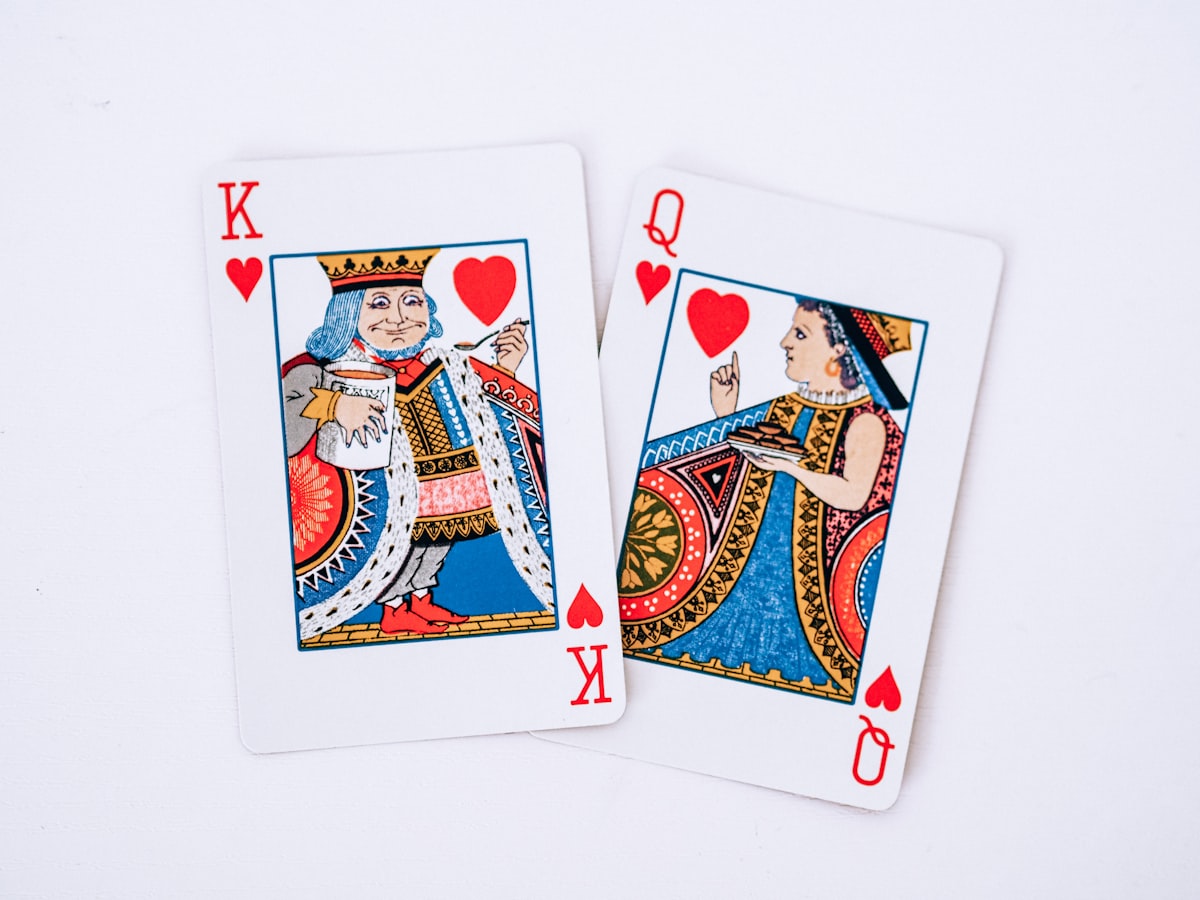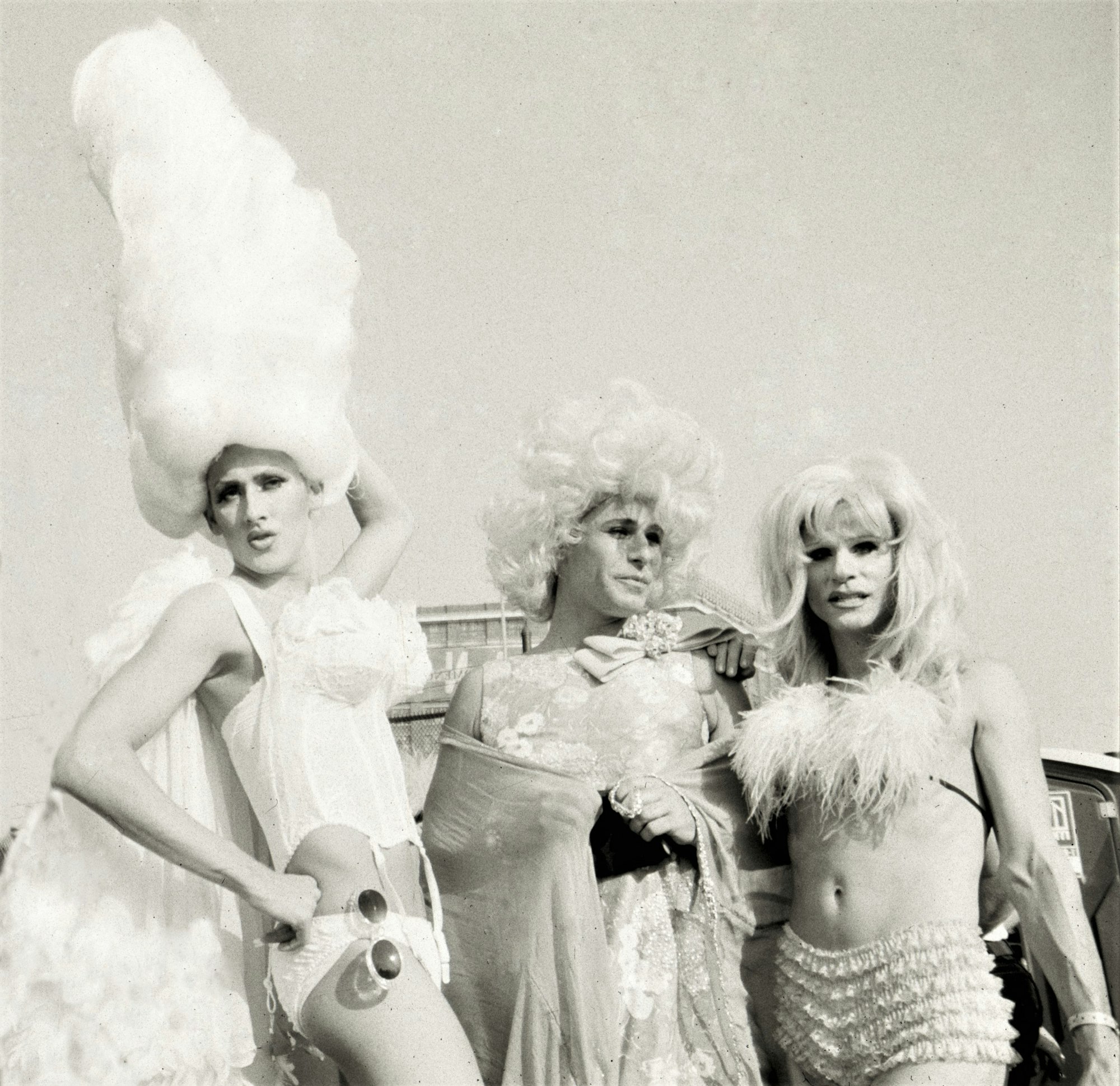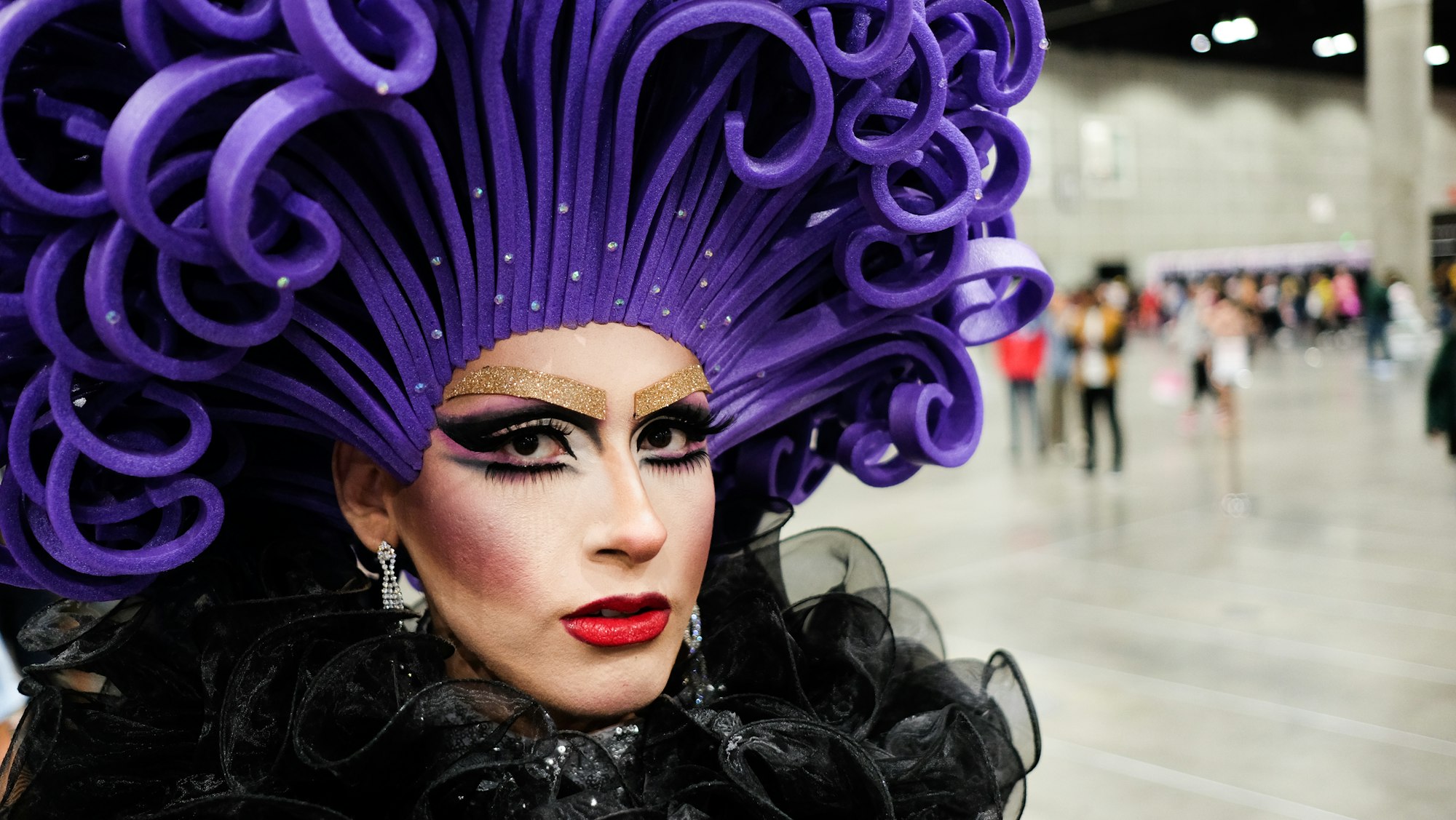The Kings and Queens of Drag

Drag is an exciting lifestyle to examine because it is full of many different styles and personas from thousands of artists across the world.
It is a performance of appearing masculine or feminine and exaggerating features that are traditional to whichever side. It also has a rich history leading up to its explosion in popularity and acceptance around the 1990s. Many forms of entertainment even stem from it. Drag is now happily embraced and celebrated by many people from every gender identity across the spectrum in multiple countries.
A Brief History of Drag
To fully understand Drag, you should begin with a brief history of it. The term “Drag” has been in use since the late 1880s to describe men who performed as women in theatre. Men played women’s roles as it was frowned upon to have women in the arts at that time. This practice of men playing women came from the Greeks and was predominant in Shakespearean theatre as well. By the early-to-mid-1900s the term became associated with the LGBTQ+ community rather than its start in theatre. Due to the criminalization of the LGBTQ+ community during the twentieth century, Drag was quickly driven underground. Drag then became something done in the privacy of one’s own home or secretive LGBTQ+ bars and clubs. From the 1970s to the 1990s, Drag began appearing in films all over the place. By 1993, famous Drag Queen RuPaul performed his hit song, “Supermodel,” on stage at the March on Washington!

During the 90s, people began acknowledging the differences between Drag and other LGBTQ+ identities across the spectrum. By 2009 RuPaul even had a hit show all about Drag! RuPaul’s Drag Race spread awareness and acceptance of Drag to millions of people across multiple countries. By now, Drag is widely accepted and encouraged by millions of members of the LGBTQ+ community. For more information about the history of Drag, famous Drag Queen Trixie Mattel had an interview about it and you can view it here: https://www.them.us/story/inqueery-drag.

Common Misconceptions
First of all, there are a few misconceptions about Drag that are necessary to address. One of the main points is that not all people who participate want to be/ are trans. The same goes for being gay. It is all too common to see the wonders of Drag attached to only being gay or transgender. Another common mistake made by people is assuming that only men can participate in it or that Drag is only for dressing feminine-like. This is just not the case; anyone dressing flamboyantly more feminine is a Drag Queen, and people dressing flamboyantly more masculine is a Drag King. This means that women can be Drag Queens and men can be Drag Kings. Gender identity doesn’t control if you can or can’t be either form of Drag royalty. Age also doesn’t affect if you can or can’t do Drag– people all across the age spectrum participate in Drag. You can be whoever you want to be.
The Main Components of Drag
A staple part of Drag is exaggerating features to make the Drag artist appear more feminine or masculine. These bolder features are expressed through makeup, dressing, or body altercations. For example, Drag Queens tend to have bright makeup and long, thick eyelashes because these are traditionally feminine features. Drag Kings may grow a beard, use makeup to exaggerate jawline, and create the illusion of thicker eyebrows because these are commonly more masculine features. Besides makeup, there are different types of clothes that are portrayed as more feminine and masculine. For instance, Drag Queens tend to wear dresses and Drag Kings tend to wear suits. Finally, there are body altercations. It doesn’t necessarily mean permanently changing one’s body like in a sex change or plastic surgery. It can be something such as wearing wigs, getting ear piercings, or shaving/ not shaving. A part of doing Drag to keep in mind is to make sure that you are safe and having fun while you do it.
Drag Literature
With Drag’s ever-growing popularity, it is easy to believe that there are hundreds of pieces of literature surrounding it. There are movies, TV shows, books, and even plays/ musicals relating to it. Most of these series and films feature famous drag queens such as Trixie Mattel, RuPaul, Kyne, Murray Hill, and other Drag Queens and Kings. Many shows stem from RuPaul’s Drag Race as it paved the way for new Drag content. Some of these include; AJ and the Queen, Canada’s Drag Race, RuPaul’s Drag Race Ruvealed, and many others. Some musicals with significant Drag representation include Torch Song Trilogy, The Adventures of Priscilla, Queen of the Desert, and Kinky Boots, which are all worth a look. If you’re interested in learning about Drag, many Drag Kings and Queens have written books about their experiences and the history surrounding Drag. Some titles you may want to check out are; Drag, the Complete Story by Simon Doonan, 50 Drag Queens Who Changed the World: A Celebration of the Most Influential Drag Artists of All Time by Dan Jones, Kings, Queens, and In-Betweens by Tanya Botenju, and thousands of other titles. Some Drag Queens and Kings are even active on social media platforms – spreading knowledge, ideas, and advice to their followers. Drag literature is worth the time to explore, especially if you think Drag is something that you want to do.
The Influence of Drag

Drag has been an iconic art-form for the LGBTQ+ community and other groups of people for over a hundred years, bringing new changes and acceptance for people who participate in it. The celebration of Drag is in dozens of countries across the globe for its all-inclusiveness and overall fun appearance. Drag is entertaining to watch and even better to perform in if you can. Being able to own who you are and embrace your true self is one of the best feelings there is. If Drag is something you want to do, the only one stopping you from becoming a fabulous Drag King or Queen is yourself. Age, body shape, race, gender, sexuality, etc. does NOT affect if you can or can’t do Drag, nor does it determine if it will be good or bad. As long as you are enjoying it, then your set! Even if you have a rough start, it’ll work out; you are the best version of yourself if you are being true to yourself.
“I kind of have this mentality that says, everything will work out in the end. And if it’s not working out, it’s not the end.”
– Bob the Drag Queen
Hey you! Hop into the Gaygenda Community:
Gaygenda Discord Server: Join 4,000+ Queer Youth
Follow us on Instagram: Latest LGBTQ+ News and videos
Sign up for our community newsletter: Join the Limp Wrist Club Newsletter gang!
Drag is an exciting lifestyle to examine because it is full of many different styles and personas from thousands of artists across the world.
It is a performance of appearing masculine or feminine and exaggerating features that are traditional to whichever side. It also has a rich history leading up to its explosion in popularity and acceptance around the 1990s. Many forms of entertainment even stem from it. Drag is now happily embraced and celebrated by many people from every gender identity across the spectrum in multiple countries.
A Brief History of Drag
To fully understand Drag, you should begin with a brief history of it. The term “Drag” has been in use since the late 1880s to describe men who performed as women in theatre. Men played women’s roles as it was frowned upon to have women in the arts at that time. This practice of men playing women came from the Greeks and was predominant in Shakespearean theatre as well. By the early-to-mid-1900s the term became associated with the LGBTQ+ community rather than its start in theatre. Due to the criminalization of the LGBTQ+ community during the twentieth century, Drag was quickly driven underground. Drag then became something done in the privacy of one’s own home or secretive LGBTQ+ bars and clubs. From the 1970s to the 1990s, Drag began appearing in films all over the place. By 1993, famous Drag Queen RuPaul performed his hit song, “Supermodel,” on stage at the March on Washington!

During the 90s, people began acknowledging the differences between Drag and other LGBTQ+ identities across the spectrum. By 2009 RuPaul even had a hit show all about Drag! RuPaul’s Drag Race spread awareness and acceptance of Drag to millions of people across multiple countries. By now, Drag is widely accepted and encouraged by millions of members of the LGBTQ+ community. For more information about the history of Drag, famous Drag Queen Trixie Mattel had an interview about it and you can view it here: https://www.them.us/story/inqueery-drag.
Common Misconceptions
First of all, there are a few misconceptions about Drag that are necessary to address. One of the main points is that not all people who participate want to be/ are trans. The same goes for being gay. It is all too common to see the wonders of Drag attached to only being gay or transgender. Another common mistake made by people is assuming that only men can participate in it or that Drag is only for dressing feminine-like. This is just not the case; anyone dressing flamboyantly more feminine is a Drag Queen, and people dressing flamboyantly more masculine is a Drag King. This means that women can be Drag Queens and men can be Drag Kings. Gender identity doesn’t control if you can or can’t be either form of Drag royalty. Age also doesn’t affect if you can or can’t do Drag– people all across the age spectrum participate in Drag. You can be whoever you want to be.
The Main Components of Drag
A staple part of Drag is exaggerating features to make the Drag artist appear more feminine or masculine. These bolder features are expressed through makeup, dressing, or body altercations. For example, Drag Queens tend to have bright makeup and long, thick eyelashes because these are traditionally feminine features. Drag Kings may grow a beard, use makeup to exaggerate jawline, and create the illusion of thicker eyebrows because these are commonly more masculine features. Besides makeup, there are different types of clothes that are portrayed as more feminine and masculine. For instance, Drag Queens tend to wear dresses and Drag Kings tend to wear suits. Finally, there are body altercations. It doesn’t necessarily mean permanently changing one’s body like in a sex change or plastic surgery. It can be something such as wearing wigs, getting ear piercings, or shaving/ not shaving. A part of doing Drag to keep in mind is to make sure that you are safe and having fun while you do it.
Drag Literature
With Drag’s ever-growing popularity, it is easy to believe that there are hundreds of pieces of literature surrounding it. There are movies, TV shows, books, and even plays/ musicals relating to it. Most of these series and films feature famous drag queens such as Trixie Mattel, RuPaul, Kyne, Murray Hill, and other Drag Queens and Kings. Many shows stem from RuPaul’s Drag Race as it paved the way for new Drag content. Some of these include; AJ and the Queen, Canada’s Drag Race, RuPaul’s Drag Race Ruvealed, and many others. Some musicals with significant Drag representation include Torch Song Trilogy, The Adventures of Priscilla, Queen of the Desert, and Kinky Boots, which are all worth a look. If you’re interested in learning about Drag, many Drag Kings and Queens have written books about their experiences and the history surrounding Drag. Some titles you may want to check out are; Drag, the Complete Story by Simon Doonan, 50 Drag Queens Who Changed the World: A Celebration of the Most Influential Drag Artists of All Time by Dan Jones, Kings, Queens, and In-Betweens by Tanya Botenju, and thousands of other titles. Some Drag Queens and Kings are even active on social media platforms – spreading knowledge, ideas, and advice to their followers. Drag literature is worth the time to explore, especially if you think Drag is something that you want to do.
The Influence of Drag
Drag has been an icon for the LGBTQ+ community and other groups of people for over a hundred years, bringing new changes and acceptance for people who participate in it. The celebration of Drag is in dozens of countries across the globe for its all-inclusiveness and overall fun appearance. Drag is entertaining to watch and even better to perform in if you can. Being able to own who you are and embrace your true self is one of the best feelings there is. If Drag is something you want to do, the only one stopping you from becoming a fabulous Drag King or Queen is yourself. Age, body shape, race, gender, sexuality, etc. does NOT affect if you can or can’t do Drag, nor does it determine if it will be good or bad. As long as you are enjoying it, then your set! Even if you have a rough start, it’ll work out; you are the best version of yourself if you are being true to yourself.
“I kind of have this mentality that says, everything will work out in the end. And if it’s not working out, it’s not the end.”
– Bob the Drag Queen
Hey you! Hop into the Gaygenda Community:
Gaygenda Discord Server: Join 4,000+ Queer Youth
Follow us on Instagram: Latest LGBTQ+ News and videos
Sign up for our community newsletter: Join the Limp Wrist Club Newsletter gang!


